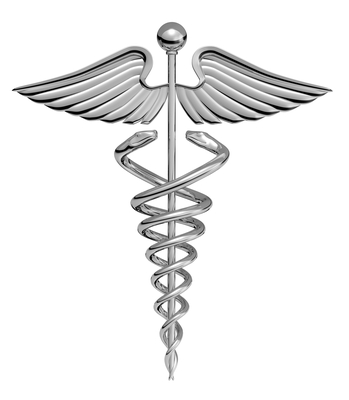According to the American Hospital Association (AHA), Critical Access Hospitals (CAHs) are rural hospitals that receive reimbursements from programs like Medicare and Medicaid. Critical Access Hospitals are part of a national effort to provide equal access to affordable health care to all citizens.
Program Overview
In 1997, the Balanced Budget Act (BBA) created a State Flex Program (SFP) that allows certain health care facilities that are already participating in Medicare to become Critical Access Hospitals. Health clinics that were previously hospitals, but forced to downsize also qualify for the program. Critical Access Hospitals are dissimilar to Sole Community and Medicare Dependent Hospitals because there are unique payment methods and separate provider Conditions of Participation (CoPs).
The Medicare Rural Hospital Flexibility Program, or Flex Program of 1997, allows small hospitals to be licensed as CAHs. This means they are able to offer grants designed to implement initiatives and strengthen the rural health care infrastructure. All Critical Access Hospitals must be physically located in a rural area and be located over 35 miles from another existing hospital. Small hospitals that were certified before 2006 by their State may also qualify. Critical Access Hospitals must provide an emergency room that operates 24 hours a day, 7 days a week. Most Critical Access Hospitals have around 25 inpatient beds and patients are subject to a 4-day limit stay.
Why Critical Access Hospitals Matter
Accessing health care services can be very challenging for rural residents. Sometimes, they must travel long distances to seek critical care. Because rural hospitals are usually the sole source for patient care, they are better positioned to offer additional health care services. Critical Access Hospitals are required to improve care for rural patients by improving access to urgent care services and meeting previously unmet community health needs. They are expected to engage rural communities, promote rural health care system development and create collaborative referral systems with urban hospitals.
In order to be successful, Critical Access Hospitals usually rely on technology like tele-nursing and video conferencing with medical experts. Health care IT enables better care coordination between patients and allows rural health care providers to instantly access patient information. This will improve health care quality and patient outcomes in rural communities. For instance, most Critical Access Hospitals use electronic health care record systems to document services and manage information. They also improve disease surveillance, health education and data tracking activities.
Career Profile
A travel RN is a health care professional who rotates through working in different locations. They may be temporarily employed by a Critical Access Hospital to meet current community health care needs. Travel RNs plan, implement and evaluate patient care plans to optimize outcomes and maximize quality of care. They leverage available resources, conduct assessments and communicate with patients as appropriate. They collaborate through technology across health care disciplines to coordinate patient care. This includes patient transfers, discharges and referrals.
Travel nurses document and evaluate patient records. Their documentation must reflect highly objectivity, consistency and clarity in order to be understood by other providers. They provide care based on best nursing and available evidence. They may participate in research activities such as clinical surveys and practices. They offer leadership, participates in education and promote professional development.
Critical Access Hospitals provide essential access to basic health care services in rural areas. The U.S. Department of Health and Human Services (HRSA) offers more information about Critical Access Hospitals here.
